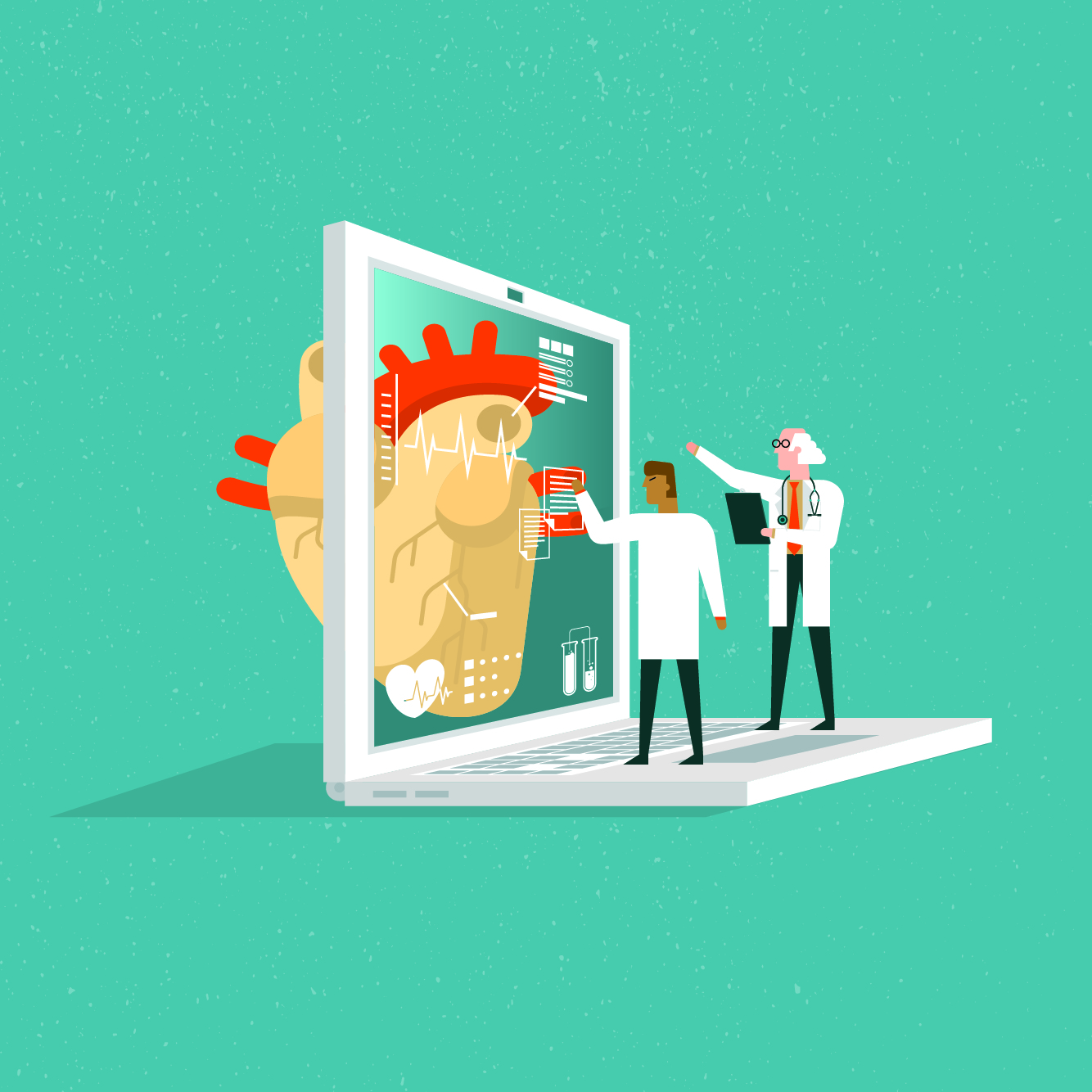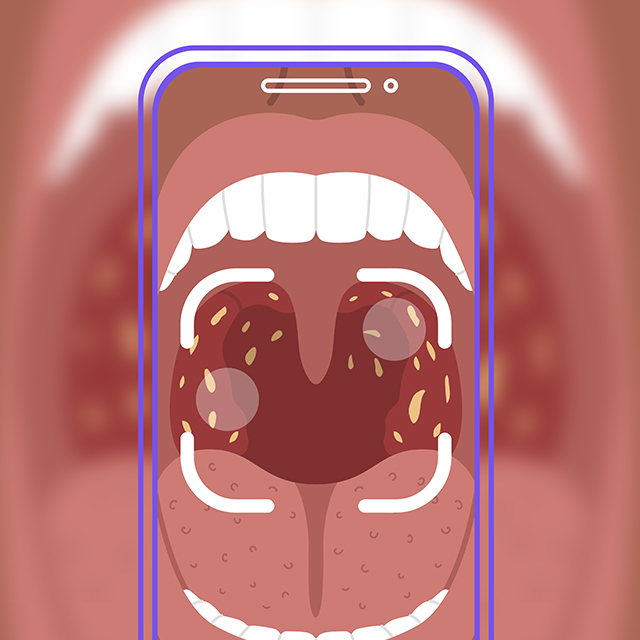A cutting-edge computational platform is giving researchers a tool that transforms slides of human tissue into 3D maneuverable models of what happens inside organs. The platform will be a core feature of the new Johns Hopkins Center for 3D Multiscale Cancer Imaging — a collaboration with Yale University in which oncologists, pathologists, engineers and computer scientists work together to better understand how cancer tumors form.
Named CODA, the platform was created by Ashley Kiemen, a postdoctoral fellow at the Johns Hopkins Whiting School of Engineering, and Pei-Hsun Wu, an associate research professor at The Johns Hopkins University’s Institute for NanoBioTechnology. “We use CODA to study human anatomy at the single cell level in ways that people hadn’t been able to until now,” Kiemen says.
What distinguishes CODA from other 3D serial sectioning programs, according to Kiemen, is how it uses artificial intelligence (AI) to identify and tabulate microscopic components of human tissue.
“We use AI to label structures such as blood vessels and epithelial tissues and fat cells,” Kiemen says. “By doing that, we can begin to actually quantify these things instead of just making a nice 3D movie.”
CODA’s artificial intelligence provides an enormous and precise level of detail about the world inside human organs that, along with the ability to explore 3D models, will help researchers zero in on how tumors form in a complex organ such as the pancreas — the source of one of the deadliest cancers because tumor cells spread through the bloodstream before any symptoms occur.
The hope is that CODA will enable scientists to explore the pancreas in a way that hasn’t been possible, and that it will lead to more effective diagnosis and treatment. Kiemen offers an example of a difference CODA can make in studying the organ at a cellular level: “One thing we’ve studied is this lesion in the pancreas called PanIN [pancreatic intraepithelial neoplasia]. Just by visualizing them, we found two different phenotypes of PanIN that people didn’t know existed. Because when you look at a 2D slice of tissue, you can’t tell its 3D morphology. But with 3D, you could see they were different shapes. These kind of things just pop out.”
Next, Kiemen will join the Department of Pathology at Johns Hopkins, where she will refine CODA and carry on the research on how pancreatic cancer develops.
See the full story: “Tying It All Together.”


